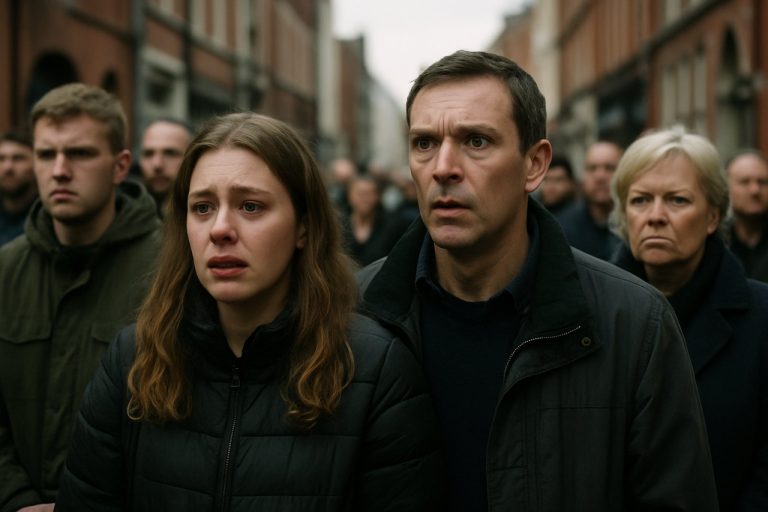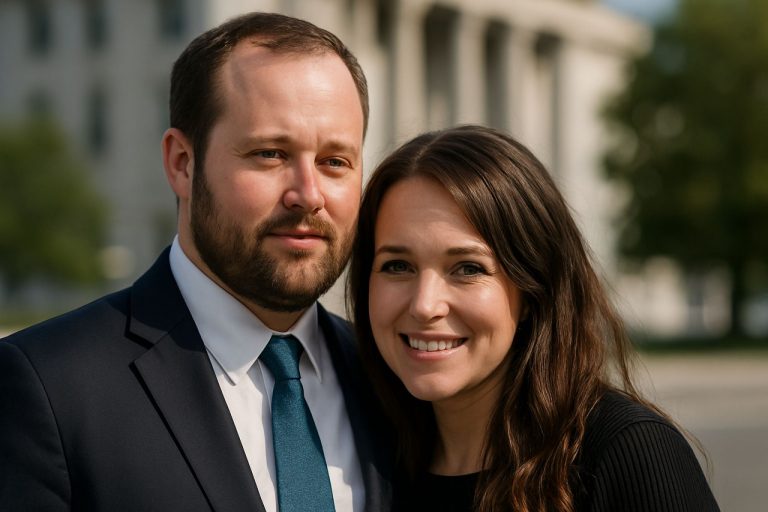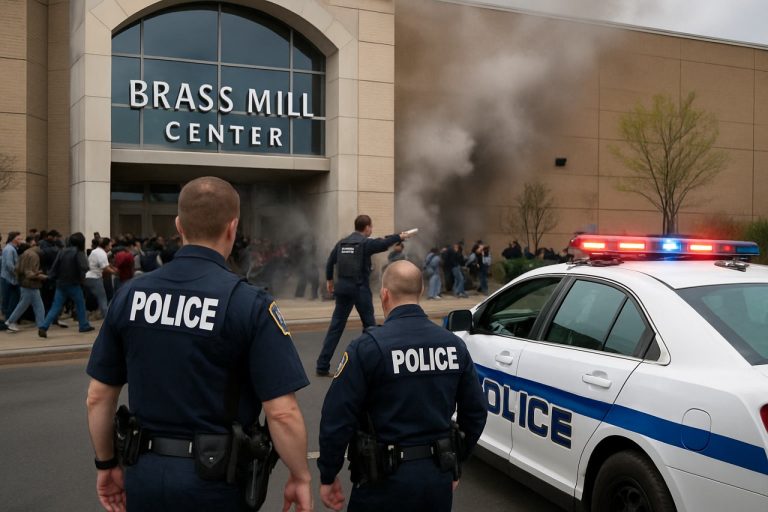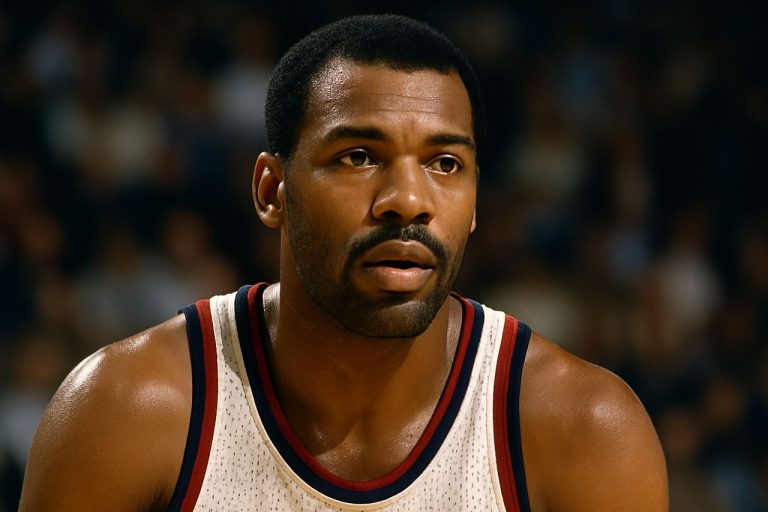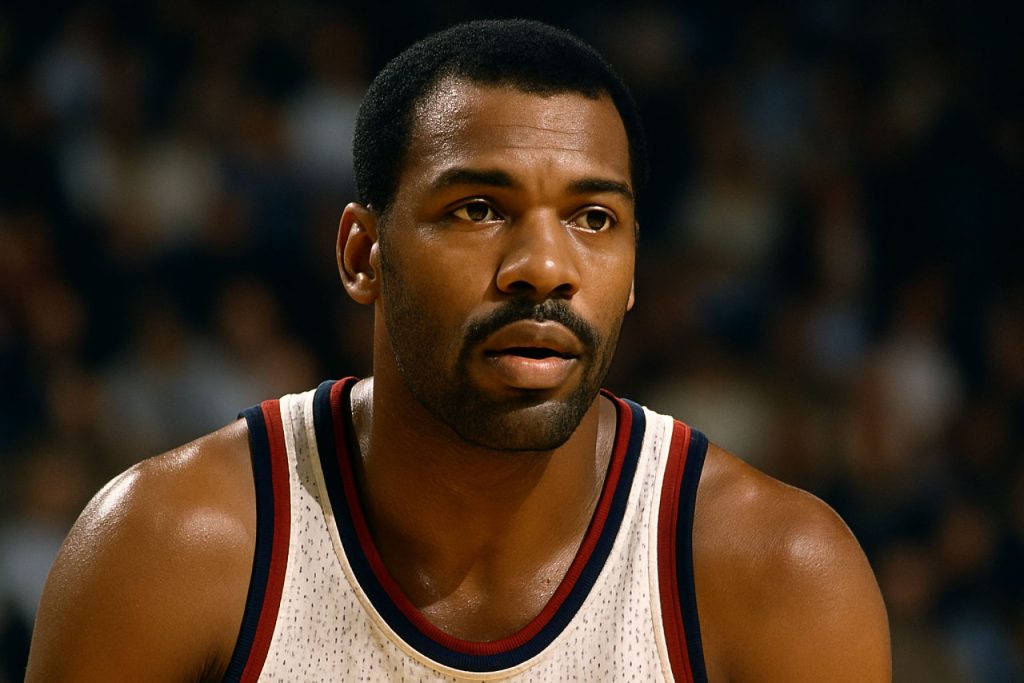
- NBA Finals history is shaped not only by superstars like Curry, LeBron, and Durant, but also by underappreciated role players.
- Key contributors such as Otto Porter Jr., Festus Ezeli, Alex Caruso, and Danny Green played vital roles in championship games, often overshadowed by marquee names.
- The success of NBA teams relies on unheralded efforts—defensive plays, hustle, and consistency—from every roster member.
- The true architecture of victory in basketball is built on teamwork and the collective contributions of all players, not just the stars.
- A player’s legacy in the NBA often hinges on their quiet, behind-the-scenes work during the most crucial moments.
Scan through the annals of NBA greatness, and certain names resonate with a rhythmic certainty—Curry, LeBron, Durant—echoing across highlight reels and championship parades. But as trophies glitter and banners rise, the stealthy shadows of lesser-known heroes steadily recede from memory, leaving only a handful of witnesses who remember how the biggest games were won.
The 2022 NBA Finals ended with confetti raining down on the Golden State Warriors, the iconic trio of Steph Curry, Draymond Green, and Klay Thompson claiming center stage. Yet, glancing at the starting lineup of that decisive game, a question emerges: Who filled that fifth spot? The answer is Otto Porter Jr., a versatile forward whose quiet consistency provided the ballast for that sparkling cast. Now retired at just 31, Porter exists in the archives—his role essential, yet barely whispered in the chorus of champions.
History repeats itself with each new banner: Game 7 of the 2016 Finals, one of the most consequential tip-offs in sports, pitted Festus Ezeli of Golden State against Cleveland’s Tristan Thompson. Both players fought tooth and nail in the shadows, their groundwork pivotal to the drama that unfolded. Ask even the devout fans, and most will strain to recall their opening presence, dwarfed by the heroics of LeBron James and Kyrie Irving.
Step into the bubble of 2020, with the world watching in isolation, as LeBron’s Lakers surged to victory. Alex Caruso, the undrafted guard revered for hustle plays, and Danny Green, the three-and-D veteran, started alongside the king. Their names, barely etched into collective memory, were fundamental bricks in the fortress that kept a historic season intact.
These forgotten faces underpin a paradox of sports fame: while the spotlight dazzles the superstars, the real architecture of victory depends upon the unheralded. Teams do not win—or lose—on the shoulders of one or two legends alone. When the pressure mounts, coaches turn to those who do the unspectacular work: boxing out, switching on defense, setting screens, erasing errors before they happen.
For anyone tracing patterns through the NBA’s past, a key lesson emerges. Basketball history is written by all those on the floor, not just the ones etched in stone outside the arena. The fleeting tenure of role players—even in the game’s most pivotal moments—reminds us that greatness is often communal, and the beauty of the Finals lies not only in the headline-makers but in the subtle choreography of every player who steps onto the hardwood.
So, when the next champion is crowned and confetti blankets the court, take a moment to look past the brightest stars. Remember the names forgotten by time. Because legacy—in basketball, as in life—often depends not on who shouts loudest, but on who puts in the quiet, indispensable work.
For more on the enduring power of teamwork and unsung heroes across sports, visit the NBA’s official site: NBA.
The Untold Champions: Unsung NBA Finals Heroes Who Shaped History
Introduction
When NBA championship moments are replayed or legends are debated, familiar names dominate the conversation—Curry, LeBron, and Durant, among others. Yet, beneath the limelight, lesser-known teammates have made critical, game-changing contributions often overlooked in the retelling of basketball’s grandest sagas. These unsung heroes not only anchor their teams but also provide invaluable lessons about success, teamwork, and the true meaning of legacy.
This article digs deeper into their impact, explores real-world use cases, and spotlights trends and actionable hacks for fans and analysts alike.
—
Additional Facts and Insights
1. Role Players: The Glue Guys Make Winning Possible
Who Are Role Players?
Role players are athletes assigned specific, often understated tasks—rebounding, defense, setting picks, or floor spacing—to support the superstars.
Examples from Recent NBA History
– Shane Battier (Miami Heat, 2012, 2013): Tasked with elite perimeter defense and timely three-point shooting. According to ESPN, Battier’s contributions were pivotal in both championship runs by the Heat.
– Robert Horry: Known as “Big Shot Rob,” he won 7 championships across three teams (Lakers, Spurs, Rockets), hitting clutch shots beyond what stats show.
– Andre Iguodala (Golden State Warriors): NBA Finals MVP in 2015 largely for defensive coverage on LeBron James, underscoring how defense can tilt a series.
2. Market Trends & Forecasts: The Rise of Two-Way & Versatile Players
Current Trends
– “3-and-D” Demand: Players like Otto Porter Jr. and Danny Green embody this archetype: they shoot threes and play defense, a modern NBA requirement.
– Analytics-Driven Role Expansion: Teams increasingly value advanced metrics like plus-minus and defensive win shares to identify impact beyond traditional stats (source: Basketball Reference).
Prediction
With the NBA embracing positionless basketball, “glue guys” and role players who guard multiple positions and stretch the floor are projected to see higher demand in free agency and drafts.
3. Unsung Heroes: Controversies, Limitations, and Recognition
– Contract Disparity: Role players often earn much less, causing controversy over compensation versus impact (source: Forbes SportsMoney).
– Shorter Careers: Many “unsung” players have shorter NBA careers and retire earlier, like Otto Porter Jr., due to injuries or shifting team needs.
– Recognition Limitations: MVP and All-Star selections rarely go to these players, even when advanced metrics suggest high impact.
4. How-To: Spot the Hidden Game Changers
Steps for Fans and Analysts:
1. Check the team’s plus-minus stats during playoff runs.
2. Track hustle plays—deflections, contested rebounds, loose-ball recoveries (see NBA’s advanced stats at NBA).
3. Listen to postgame comments from coaches and superstars, who often credit unsung contributors.
5. Life Hacks: Becoming the “Glue Guy” in Work and Play
– Embrace specialized roles: Success isn’t always about headlining; reliability and teamwork are prized everywhere.
– Prioritize teamwork: Like Alex Caruso or Festus Ezeli, consistently contribute in ways that support others’ success.
– Be adaptable: Versatility increases your value, both on the court and at work.
6. Case Study: The 2022 Warriors
– Team Defense: Otto Porter Jr. posted a +6.9 net rating in the 2022 playoffs (NBA Advanced Stats).
– Ball Movement: Golden State’s bench outscored its opponents by 113 points with Porter on the court.
7. Pros & Cons Overview
Pros
– Essential to championship runs
– Increase team chemistry
– Provide flexibility in both offense and defense
Cons
– Largely invisible to casual fans
– Subject to frequent trades and short contracts
– Less likely to land endorsement deals
8. Features, Specs & Contract Details
– Versatile Skill Sets: Most unsung contributors can cover multiple positions and switch on defense.
– Salary Range: Role players’ salaries can range from the NBA veteran’s minimum (about $2 million in 2024) to mid-level exceptions ($6–10 million), per Spotrac.
9. Security & Sustainability
– Unique Value: As teams cycle through coaching and star players, those able to fill multiple roles have greater career longevity.
– Risk: Injury and market volatility can sharply shorten career span.
The Most Pressing Questions Answered
Q1: Do championships depend on unsung role players?
Absolutely. No team since the modern NBA era has won a championship without significant contributions from players outside its star trio (per multiple SB Nation retrospectives).
Q2: How can aspiring players model these unsung heroes?
Focus on defense, off-ball movement, and a positive locker room presence—skills always in demand.
Q3: Where can fans find more about these player stories?
Check NBA’s own stories and documentary series at NBA.
Actionable Tips for Fans and Teams
– Before the playoffs, follow bench and rotation players’ performance trends.
– Use NBA Advanced Stats to dig into on/off-court impact for lesser-known players.
– Appreciate the “little things” during games—good screens, crucial rebounds, hustle plays—and celebrate these moments on social media to keep their legacy alive.
– For organizations: maintain strong scouting and analytics to pinpoint undervalued talent.
—
Conclusion
True NBA greatness isn’t just about household names or highlight reels. By digging into the stories of role players and forgotten starters, fans and analysts gain a richer appreciation of how championships are truly won. The next time you watch the Finals, look out for those who make the silent difference—you just might witness a new legend in the making.
Discover more unsung heroes and transformative moments in basketball at the official NBA website.
